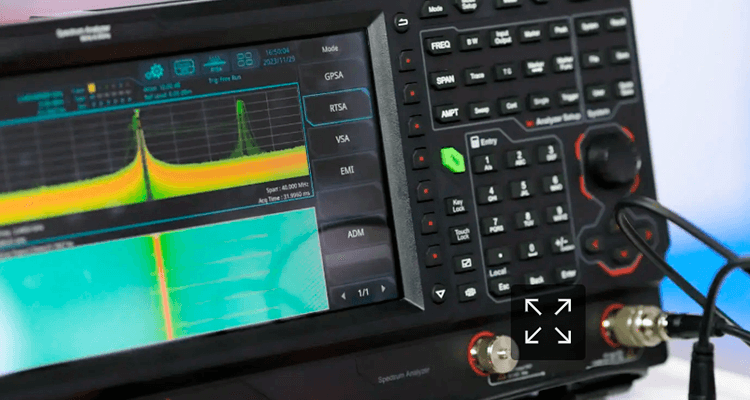How to Ensure Signal Integrity and Impedance Matching in High-Speed Connectors
When designing high-speed/high-frequency connectors, ensuring signal integrity and impedance matching is crucial. Here are some key measures:

- Precise Impedance Control: Use precise impedance control techniques to ensure that the connector's impedance matches other system components, typically 50 ohms or 75 ohms.
- Use Appropriate Materials: Select materials with suitable dielectric constants and low loss to reduce signal attenuation during transmission.
- Optimize Contact Design: Design contacts with low contact resistance to minimize signal reflection and attenuation within the connector.
- Employ Shielding and Grounding: Use metal shielding and appropriate grounding techniques to reduce electromagnetic interference and signal noise.
- Avoid Parallel Signal Paths: Avoid routing signal paths in parallel to reduce crosstalk and signal interference.
- Use Differential Signal Pairs: Implement differential signal transmission techniques to enhance signal integrity and reduce electromagnetic interference.
- Control Signal Path Length: Ensure consistency in signal path lengths to avoid delay and signal distortion.
- Utilize Simulation Tools: Use electromagnetic simulation tools for pre-design signal integrity analysis and optimization.
- Optimize Connector Layout: Design connector layouts to minimize signal distortion and crosstalk.
- Control Connector Physical Dimensions: Precisely control physical dimensions of the connector, including pin spacing and pin length.
- Apply Termination Matching Techniques: Use appropriate termination matching techniques, such as series or parallel resistors, to reduce signal reflection.
- Optimize Connector Termination: Ensure that the connector termination is suitable for high-speed signal transmission.
- Select Appropriate Connector Types: Choose the right type of connector for the application, such as RF coaxial connectors.
- Conduct Rigorous Testing: Perform thorough testing during design and manufacturing to ensure signal integrity and impedance matching.
- Follow Industry Standards: Adhere to relevant industry standards and specifications to ensure the connector design meets high-speed/high-frequency application requirements.
By implementing these measures, designers can enhance the performance of high-speed/high-frequency connectors, ensuring signal integrity and accuracy during transmission.



